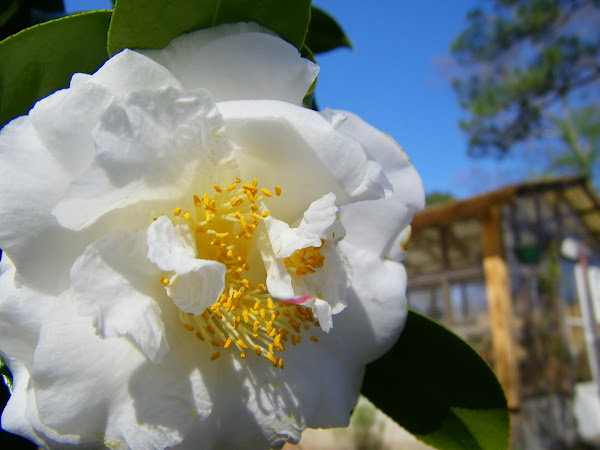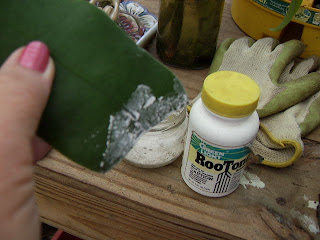Garden Can Be Greener Without Cypress Mulch
The Times Picayune - New Orleans, June 21 2008
As gardeners turn to mulching to fend off heat and weeds in their summer beds, it's a good time to take a look at the ongoing controversy over cypress mulch. Once favored as the platinum level of mulches, its use now is being discouraged through massive public information campaigns by organizations across the Gulf Coast, including the Waterkeeper Alliance, Lower Mississippi Riverkeeper, Atchafalaya Riverkeeper and the Save Our Cypress Coalition.
Because cypress is grown primarily in wetlands areas, opponents of cypress mulch say, cutting the trees contributes to habitat destruction and the erosion of wetlands, an important line of defense against hurricanes. Moreover, they continue, green-minded individuals won't be losing anything by boycotting cypress mulch: It doesn't work as effectively as gardeners once believed."People think that cypress mulch is more rot-resistant and insect-resistant, but scientists at the University of Florida have shown that there are equally effective sustainable alternatives that don't deplete our natural wetlands and don't deprive our gardens of the benefits of mulching," said Dan Favre, campaign manager of the nonprofit Gulf Restoration Network. "The really sad piece of all this is that the popularity of cypress mulch is predicated on myths."




















































